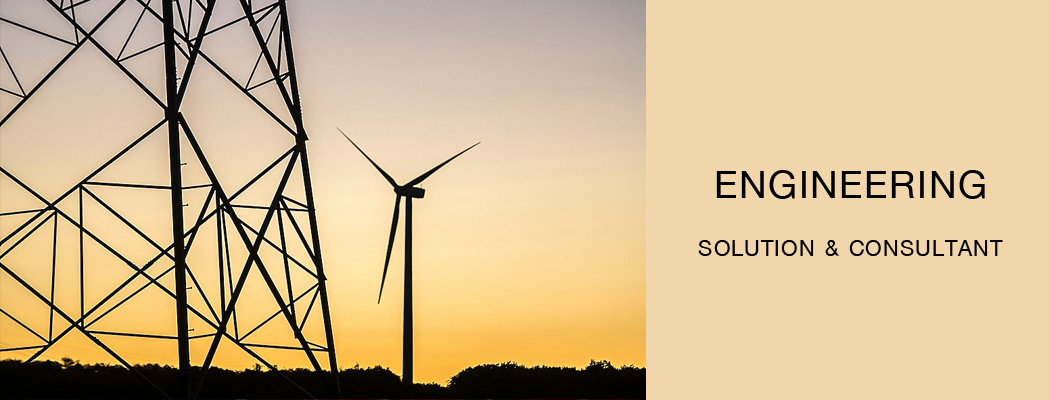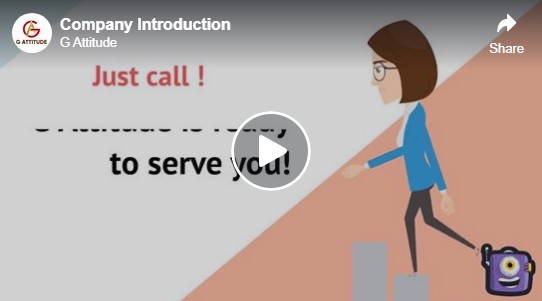Terminology, Definition and Principal Dimensions
- Perpendiculars – Imaginary lines perpendicular to the base line or plane (and the waterline)
- Forward Perpendiculars (Fpp or Fp) – This is the line crosses the intersection of the waterline and the front of the stem
- Aft Perpendicular (App or Ap) – This line usually aligns the center line of the rudder stock. This is the imaginary line around which the rudder rotates.
- Plimsoll Mark (freeboard mark) – The freeboard mark is a symbol indicating the maximal immersion of the ship in the water, leaving a minimal freeboard for safety.
ที่มา: https://www.sciencedirect.com/topics/engineering/forward-perpendicular
ที่มา: https://www.youtube.com/watch?v=6E0bT6B5Zm4&t=192s
- Port – The left-hand side of a vessel when looking forward
- Starboard – The right-hand side of a vessel when looking forward
- Bow – The front side or forward of a vessel
- Stern – The back side or Aft of a vessel
Seagoing Forces
A floating rigid body on water surface has six (6) degrees of freedom, three of translation and three of rotation.
For seagoing forces from a state of equilibrium, the vessel is referred to the movements as follows:
Linear motion:
Sway = Transverse translation in the direction of the y-axis
Surge = Longitudinal translation along the x-axis
Heave = Vertical translation along the z-axis
Angular motion:
Yaw = Rotation about a vertical around the z-axis
Trim or Pitch = Rotation about a transverse around the y-axis
Heel or Roll = Rotation about a longitudinal around the x-axis
Tips:
“Trim” and “Heel” terms are used in static or quasi-static conditions.
“Pitch”and “Roll” are used in dynamic situation which is dealt with under seakeeping.
BARGE LONGITUDINAL STABILITY (TRIM)
Trim or longitudinal stability is measured by the difference between the drafts at the forward and the draft at the Aft i.e. the trim fore (TF) + the trim aft (TA).
In proper trim, the draft of the forward equals the draft of the aft.
Barge Movement Can Affect Trailer Stability
- Stability required
- Geometric stability (min 14%)
- Hydraulic stability (min 10%)
- Transverse stability is usually the critical item
- Single trailer wide can be affected by barge heeling
- Sufficient ballast capacity for the whole operation
- Adequate barge stability during loadout
- Be patient – do not “push” along too quickly
- Wait for the correct ballasting to be done




